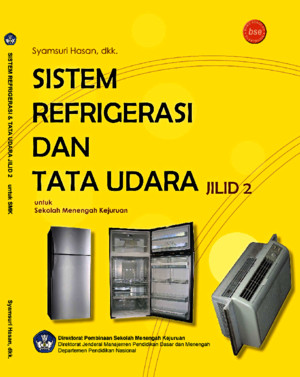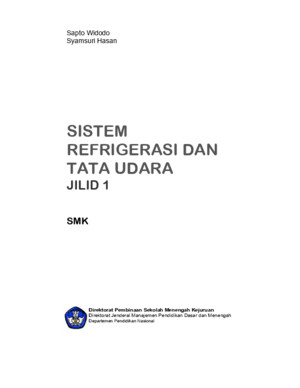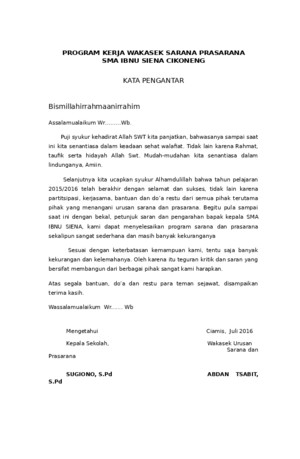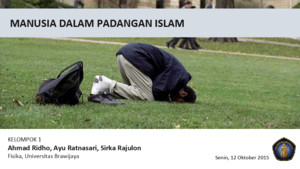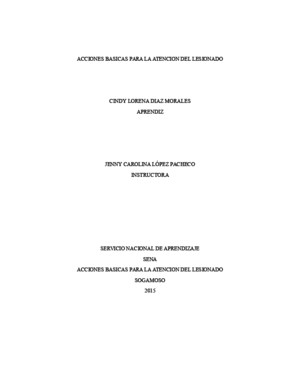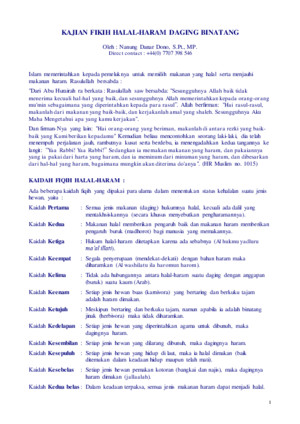Midterm Exam Reviewer (Mas malala talaga ang real exam)
There is document - Midterm Exam Reviewer (Mas malala talaga ang real exam) available here for reading and downloading. Use the download button below or simple online reader.
The file extension - PDF and ranks to the Documents category.
Tags
Related
Comments
Log in to leave a message!
Description
Download Midterm Exam Reviewer (Mas malala talaga ang real exam)
Transcripts
Chem 311 Midterm Exam Reviewer I True or False 1 In Lucas test, the ZnCl 2 is a Lewis base which helps make the OH - a better leaving group 2 1,2,3-propanetriol has a solubility classification of S 2 since it dissolves in water but not in 5% NaOH 3 Most of the time, paper chromatography is a reverse-phase chromatography 4 Neutral compounds, class N, react with sulfuric acid by electrophilic substitution 5 Halogens are electron-donating groups that are ortho,para-directors 6 In paper chromatography, phenol is expected to have a higher Rf value than p-nitrotoluene 7 An iodine chamber may be used to visualize a chromatogram with bands of conjugated compounds 8 Hexane undergoes free radical addition upon addition of Br 2 in the presence of light 9 Toluene and cyclopentene give positive result in Baeyer’s test and in Br 2 under light conditions 10 There are 9 stereocenters in this sucrose molecule II Multiple Choice 1 Phenol is soluble in 5% aqueous NaOH solution because of: a H-bonding with the solvent b The formation of a resonance-stabilized anion c Strong van der Waals interaction d Phenol is insoluble in 5% aqueous NaOH solution 2 Which of the following is a limitation and an advantage of sublimation as a purification technique, respectively? a It involves many steps, high percent recovery b Not all solids can be purified by sublimation, low percent purity c Low percent yield, almost 100% purity d Uses water as a solvent, simple one step process 3 2-methyl-2-hexene and 2-methyl-2-hexanol can be differentiated using: a KMnO 4 b Br 2 in light c AlCl 3 , t-BuCl d None of the above 4 Arrange the following alcohols in INCREASING order, based on the formation of layers/emulsification with the Lucas reagent: i 2-methylbutanol ii 3-methyl-2-butanol iii 2-methyl-2-butanol a iii < ii < i c ii < iii < i b i < ii < iii d iii < i < ii 5 The molecules shown on the right are: a Enantiomers b Mesomers c Diastereomers d Identical 6 The following are important features of a steam distillation set-up, except: a Pressure regulator is submerged in water b Water-in is near the receiving flask c Thermometer is place in the sample round-bottom flask d More heat is applied to the sample round-bottom flask 7 In the synthesis of tert- butyl chloride, all of the following will decrease the yield except: a Anhydrous CaCl 2 was added into the crude product before distillation b Saturated NaHCO 3 solution was added to remove excess HCl c The mixture was allowed to separate for 5 minutes d Thirty (300) mL of 10M HCl was used 8 A compound yielded an immediate positive result with Lucas test Upon addition of KMnO 4 to the compound, decolorization was observed What could be the compound? a Pentanol c tert -butanol b 2-pentanol d Benzyl alcohol 9 Which of the following statements is/are TRUE? I Primary alcohols are oxidized to aldehydes II Secondary alcohols react with KMnO 4 to form brown precipitate III Secondary alcohols are oxidized to carboxylic acids IV Benzaldehyde, like tertiary alcohols, do not react with KMnO 4 a I III c I only b II III d III only 10 Arrange the following compounds in increasing rate of EAS a I < II < III < IV c I < II < IV < III b II < I < III < IV d II < I < IV < III III Problem Solving 1 Sir Ser (Sir 2 ) Laboratories, Inc, a multi-million dollar pharmaceutical company, is in search of prostaglandin analogues for the treatment of glaucoma In one of the company’s laboratories, a team of o rganic chemists composed of John and Lynon (aka JL) synthesized a prostaglandin analogue that controls the progression of glaucoma by reducing intraocular pressure The structure of the compound, which they call as Latanoprost® is shown below Given the structure: a Determine the absolute configuration of stereocenters (a), (b), and (c) b Give the correct structure of Latanoprost® by: i Converting the structure above to its Z isomer ii Drawing the R configuration of stereoisomers (d) and (e) using the wedge-dash representation c How many stereoisomers can it possibly have? 2 A mixture containing 70 g of crystal A, 60 g of crystal B, and 90 g of crystal C needs to be separated using recrystallization (100mL of solvent was used) The solubilities of the crystals per 100 mL of solvent are shown below A(very polar) B(slightly polar) C(nonpolar) solvent Hot Cold Hot Cold Hot Cold Methanol 142 430 730 070 420 060 Diethyl ether 210 060 151 320 112 040 a What solvent will you use to separate the crystals? Justify using a schematic diagram b What are the % purity and % recovery of the three crystals? Show your calculations c Which crystal has the highest purity? Will a second round of recrystallization using 50 mL of the same solvent improve the purity? Prove using calculations 3 You have extracted a compound from a tadpole that was trapped in your Gatorade/Sola bottle when you took your water sample from AS pond Due to curiosity, you subjected the extract to a paper chromatography analysis and found out that your extract is made up of four components, namely A, B, C, and D With the help of your ever-reliable instructor, you were able to separate and determine the structures of the four components The structures of given below: Upon further experimentation, you found out that B gives a positive result with Br 2 in dark condition; C gives a positive result with Friedel-Crafts alkylation; and D gives a positive result with potassium permanganate a Determine the identities of A, B, C and D b Identify the solubility classes of A, B, C and D c Draw the paper chromatogram obtained after doing the experiment Label each spot as A, B, C or D d What was the visible observation when: i B was reacted with Br 2 in dark condition ii C was reacted with Friedel-Crafts reagent iii D was reacted with KMnO 4 e All of the compounds will give positive result with one functional group test What is this test?
Recommended


